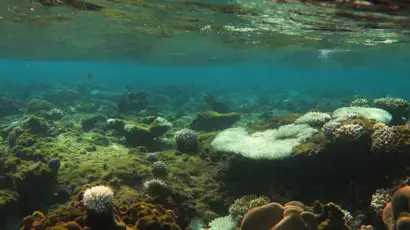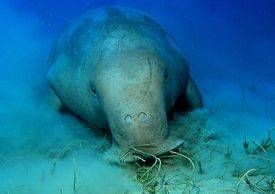The Crown of Thorns (COT), known scientifically as Acanthaster planci, is a very large starfish that, in large numbers, can provoke extensive coral bleaching. Based on this, HEPCA implemented a monitoring and awareness program to follow up on COTS the reefs based on reports from the diving community to control the spread as they can easily reach up to 1 meter in diameter with 21 arms.
Possible causes of COTs outbreaks are relatively unknown. Historical accounts of COTs outbreaks make scientists believe that these events are natural; however, there is no doubt that human factors like overfishing of COTs predators, runoff nutrients, pollution and climate change have increased the frequency and intensity of the outbreaks, resulting in severe damage to the living corals.
It is believed that the first primary outbreak was observed in the Egyptian Red Sea at Jackfish Alley of the Ras Mohammed National Park in 1994. Then again an outbreak followed in 1998 that infested numerous reefs along the Egyptian coasts of the Red Sea from Dahab on the Gulf of Aqaba to the Sudanese border.
To control the problem, the Egyptian government authorized the removal of starfish from the reefs. More than 100,000 COTs were removed from these sites, thus saving hundreds of hectares of living corals that kept their economical significance and attractiveness for tourists.
Periodically, HEPCA receives notifications on the presence of unusual densities of the COTS on some reefs. The most recent notification concerned Carless reef. These reports are now under assessment by the HEPCA scientific team.
In case COT's are encountered, please follow these guidelines:
a) Report to HEPCA for unusual densities of the COTS and send the following data:
- Date of dive/survey
- Latitude/longitude data or the name of the reef
- Estimation of the area covered
- Depth at which you have seen the COTs
- Number of COTs observed
b) When a report of primary or secondary outbreaks is confirmed by HEPCA's scientific team, an organized clean-up event is set-up to collect as many animals as possible from specific reefs –Join in the clean-up.
It is vital to understand the purpose of follow-up that if there is evidence of a primary outbreak, a secondary outbreak will take place a few months or years later and could affect a larger area as adult individuals move from deep to shallow water when water temperature rise.
In considering collecting COTs, never commence a cleanup by yourself without previous instructions! Collecting COTs needs to be carried out using very specific techniques in order not to cause more harm than good.
In order to safely collect COTs, you need gloves, a hook or a spear and a bag, preferably a mesh one, to put them in.
Do not attempt to collect COTs with your hands, remember that COTs spines are venomous and produce a neurotoxin that can cause sharp stinging pain that can last for hours, as well as nausea and vomiting.
Report unusual densities of COTs to HEPCA






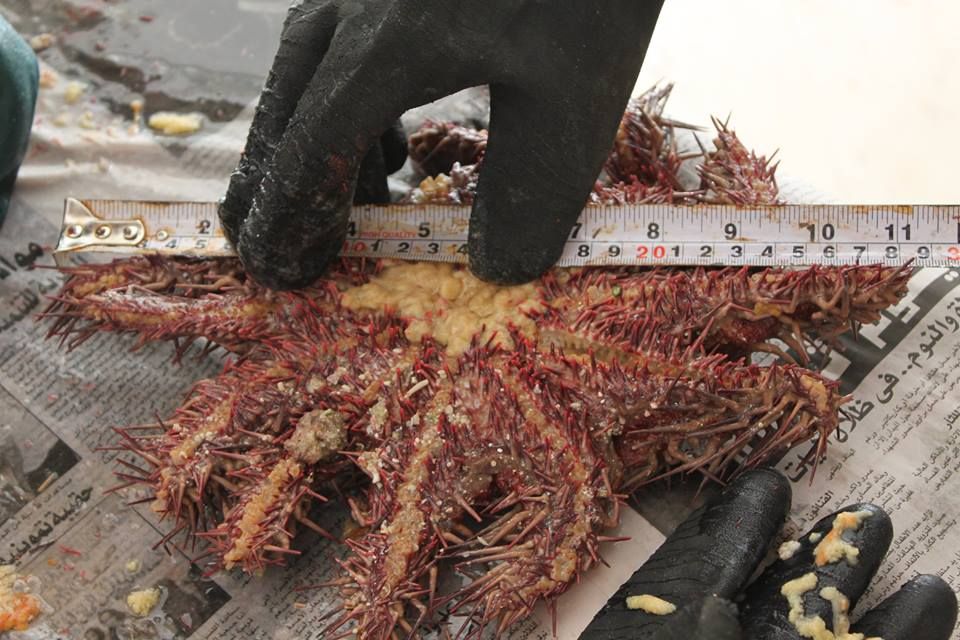
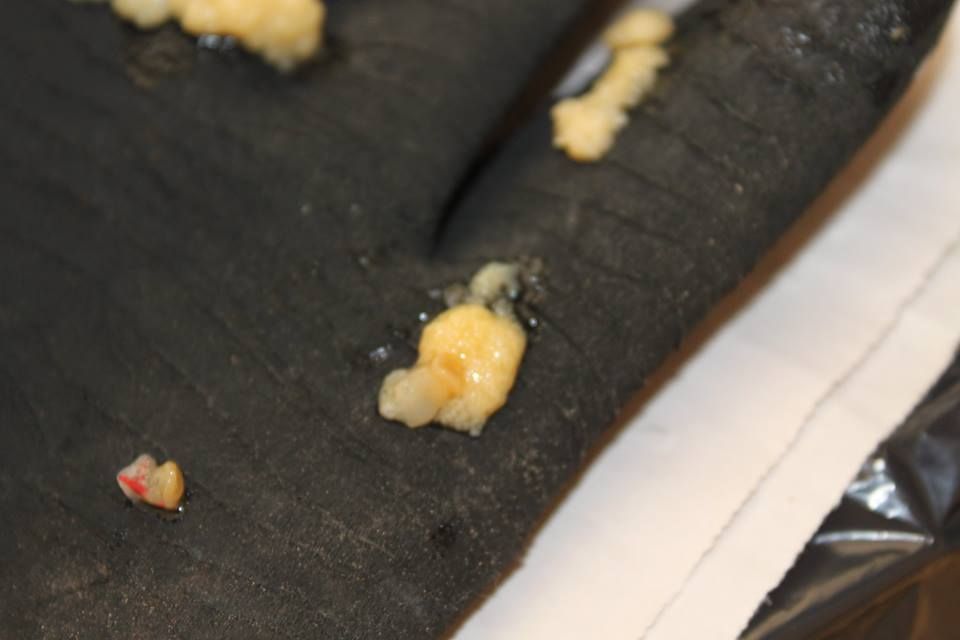
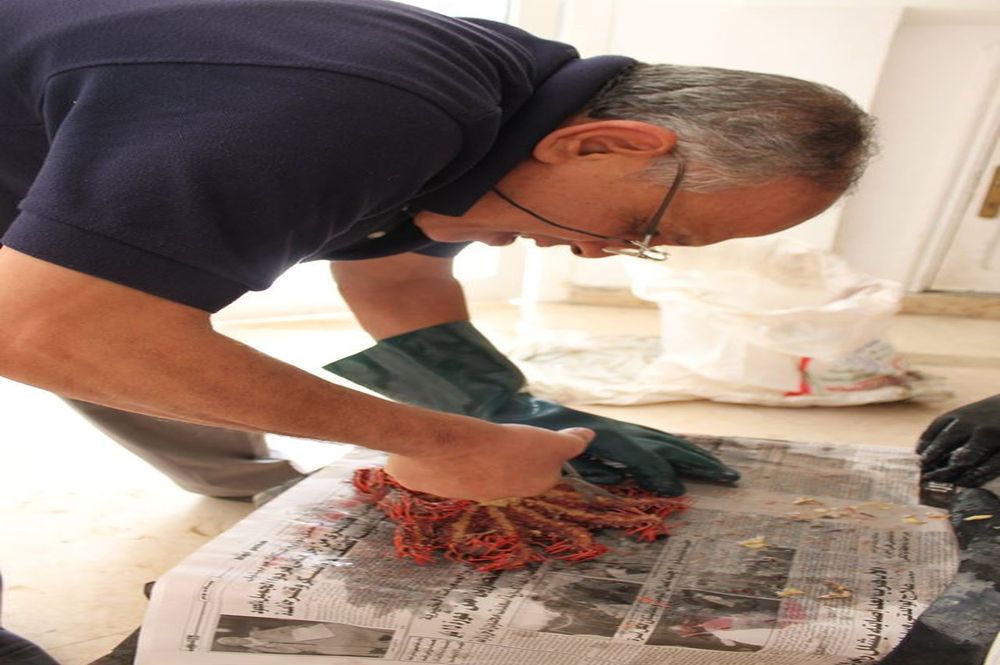
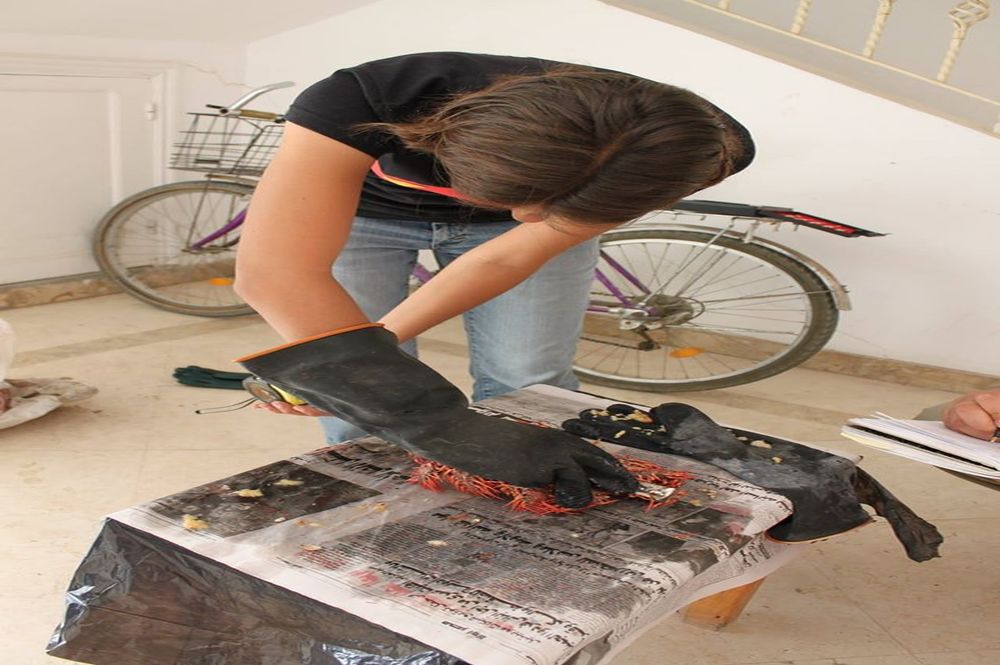
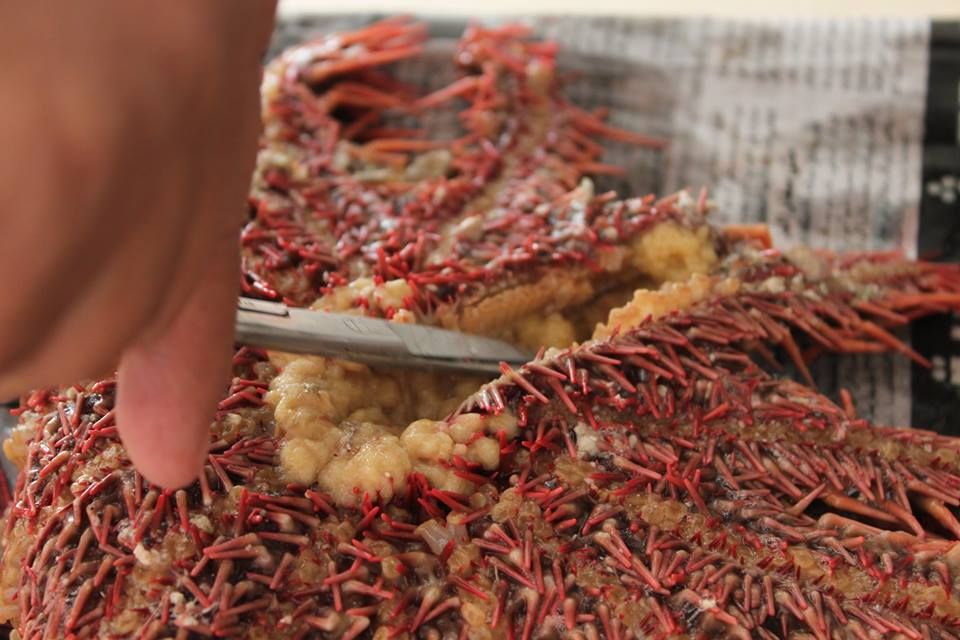
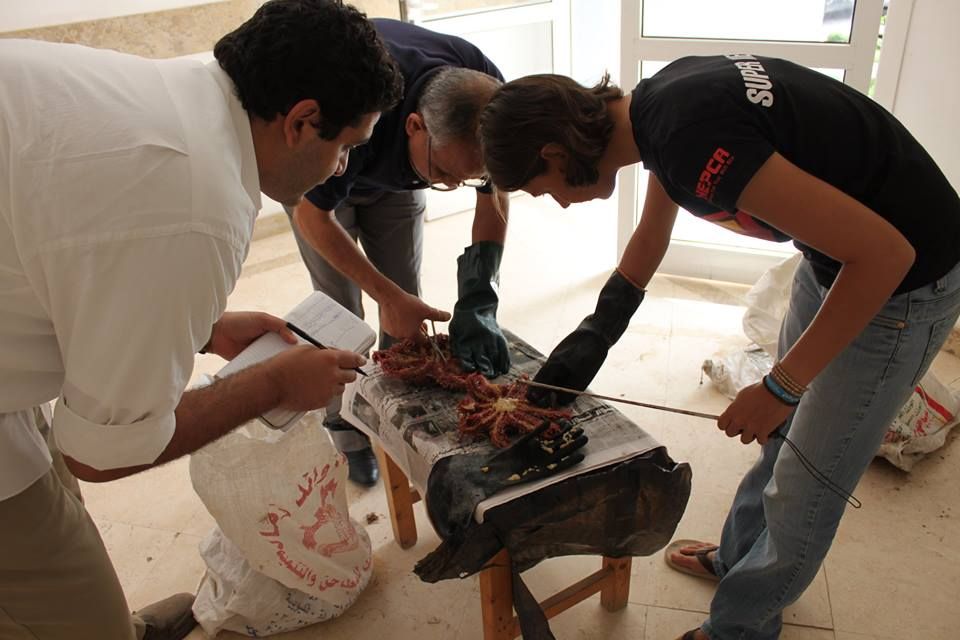
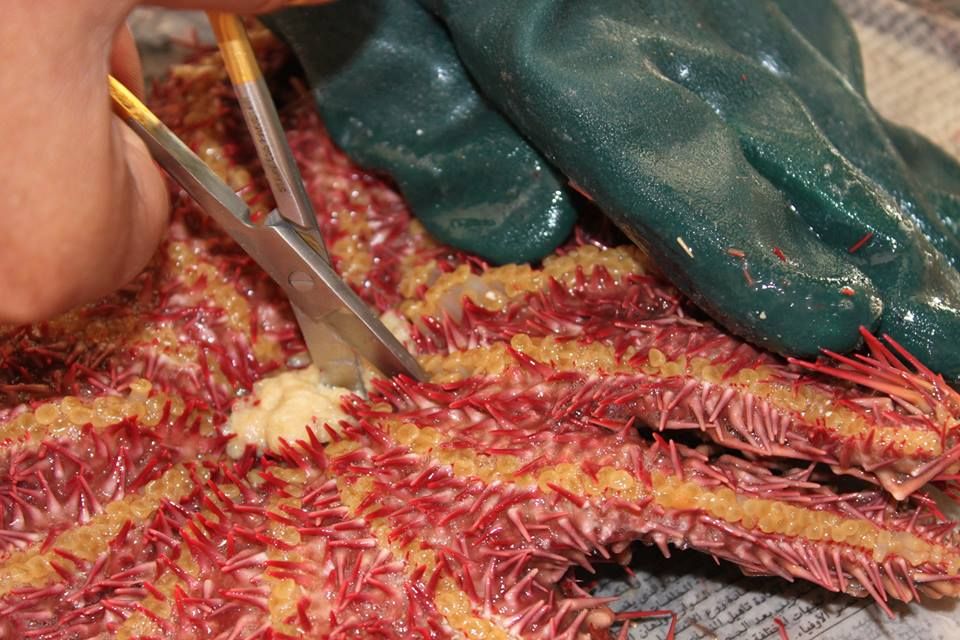
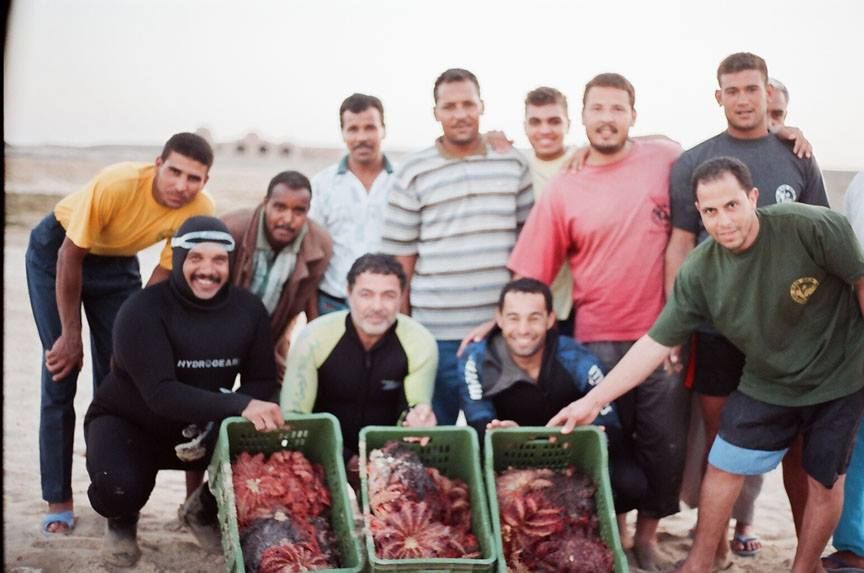
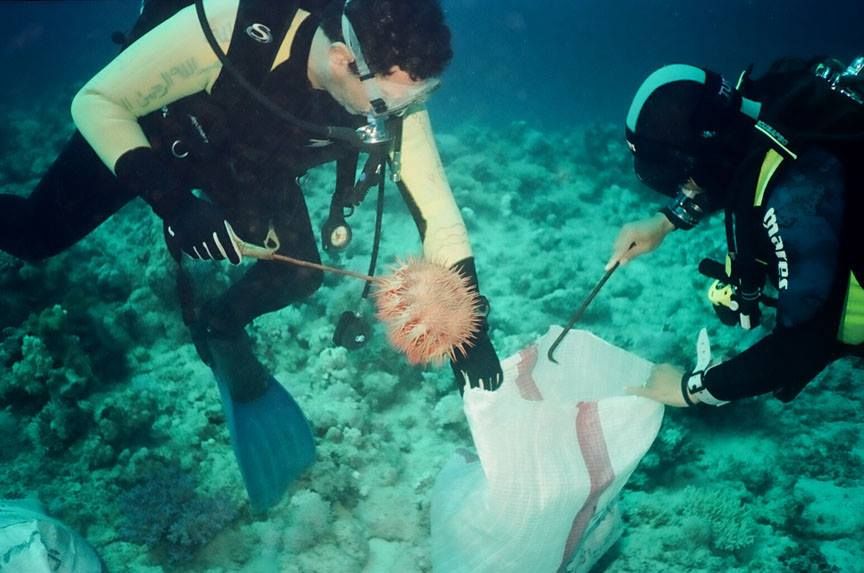

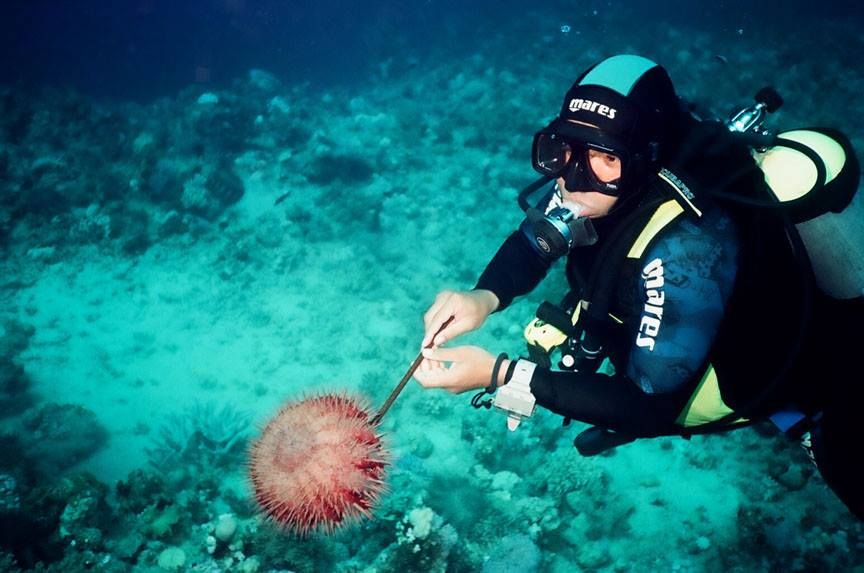
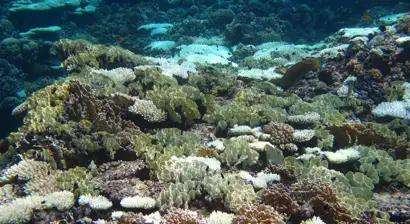

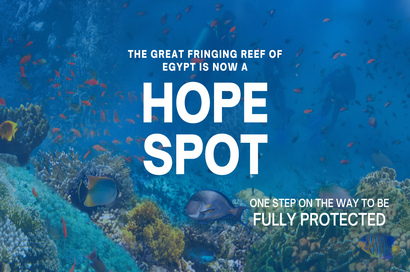
 - frame at 0m12s_lg.webp)
